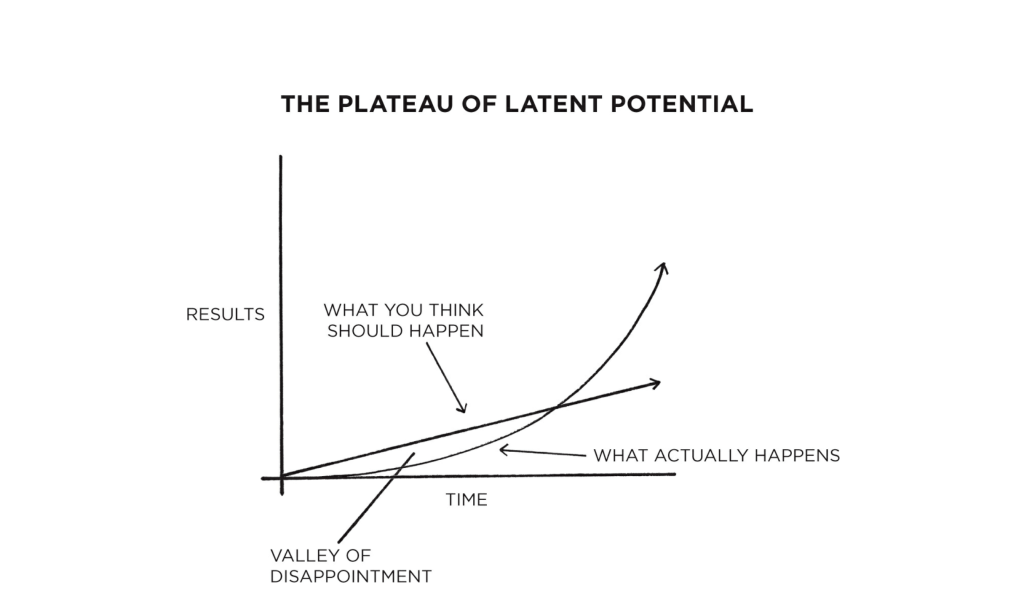Week 4 - Ascend your Startup
Last week, we reviewed principles of formulating and executing a plan to bring a new product to market, focusing on the MVP, or minimum viable product. We already talked about the features and attributes that denote an MVP, so I won’t delve into that one again. We’re all assuming that we didn’t run into any production or presentation glitches (Yay!) and that the material goods or services were well-received by the targeted consumer population (Super!). So, our hypothetical startup has experienced some market success – the logical next step is to expand toward the demand ceiling, right? No. Full stop. The referenced text (Ascend your Startup, for those not following along) identifies this point as another critical friction or failure point for budding businesses.
I can totally see why someone would ride their own hype wave into a poorly thought-out expansion strategy. You’re sitting on cloud nine with a great initial roll-out and want to jump toward your end-state goals immediately. What we’re headed for is a business-operations version of a Kübler-Ross change curve (for anyone who’s unfamiliar, it’s the visual representation of the 5 stages of grief – a little off topic, but more on that here).
Let me explain. Choices to this point have been deliberate and planned, with solid decision-making processes backing up strategy and operational approach. We ensured a simplified, appealing product that was easy (or at least manageable) to advertise and attract interest. Many businesses assume, at this point, their “vision” of the future is spot-on, and rush to add a myriad of new offerings (products or services) accompanied by needed resources to support the rapid expansion. These new developments don’t have the same strategic consideration or planning inputs that the MVP product had, thus have substantially lower consumer interest load. This drops the owners or managers into the “Valley of Despair”. Now, as long as there’s adequate resources to survive, and effective reevaluation tools, the business can survive and thrive in the long term. Though what we’d like to do is avoid this valley all-together through better execution.
What we want is to place the same preparatory emphasis on growth as we did with the MVP roll-out. The book highlights two critical consideration pieces that need to be applied: product-market fit, which is new to the blog, and scalability, which we’ve discussed in the past. Just because your MVP was successful doesn’t mean that all your follow-on ideas and plans will automatically fit into the business scheme. Your new products need to answer new wants and needs from your consumer population, created either by existing requirement or interest-building through marketing efforts. In other words, do your homework and set market conditions for each new product!
Scalability applies to marketing just as heavily as it does the product itself. Will your advertisement strategy be adequate to maintain consumer demand in-line with your production and delivery capacity? Does the reverse also apply? Have you factored in current capacity (budget, personnel, time, demand, etc), and projected how and when you’ll need to expand these capabilities? Sounds a lot like how we prepared for the MVP roll-out as well, right? The difference is, there’s room for niche or lower-consumption products in growth models. Ultimately, we want to take the good old Kübler-Ross curve (above) and make it look more like a “Plateau of Latent Potential” graph (below). Sure, we still have a “Valley of Disappointment”, because nothing ever goes exactly to plan, but we’re avoiding a negative impact to overall business success over time.



Comments
Post a Comment